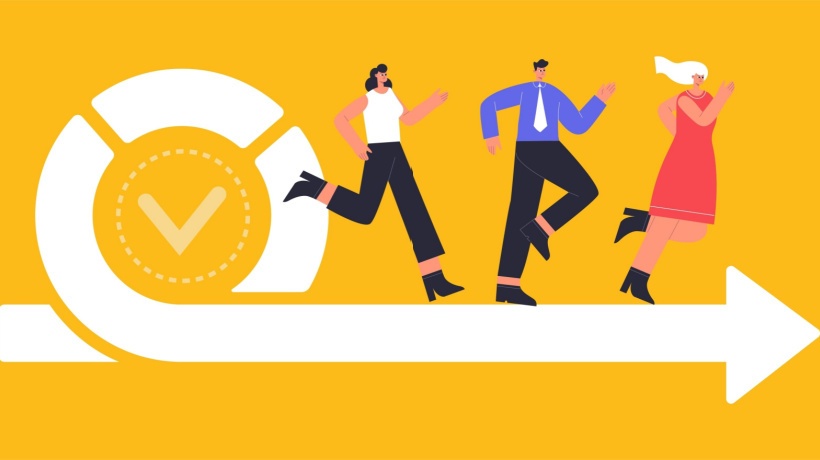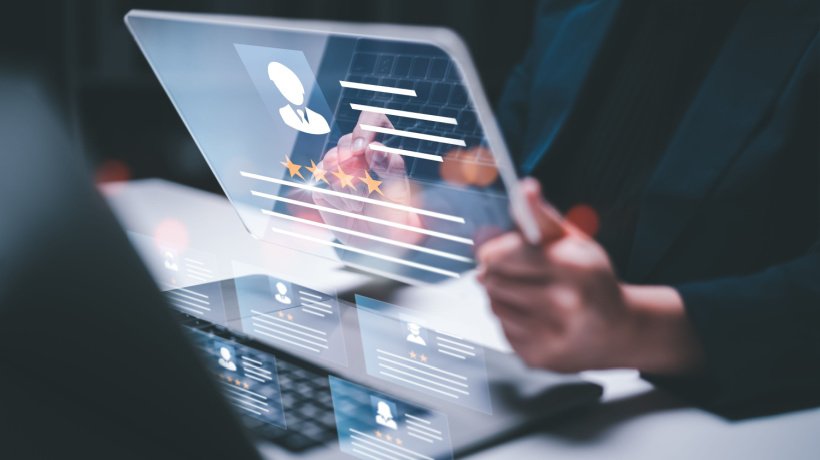From Onboarding To Industry Expertise: Training In The Employee Lifecycle
Although the employee lifecycle is nothing new, companies sometimes forget to align their training programs with the different phases of an employee's journey within a business. The employee lifecycle begins right when someone applies for a job and ends when they leave the organization. This consists of different milestones that each require a different approach. After all, you wouldn't train your new hire the same way you train a seasoned manager. Thus, you need to set goals that cater to the unique needs of your staffers throughout every stage to ensure that the training is effective and everyone's doing what is expected of them. So, let's explore the different training methods in each stage of the employee lifecycle and what they include.
Pre-Employment Training
Job Descriptions
The attraction and recruitment phases involve every tactic your company uses to find and employ potential employees. But how does training fit into this? Well, to attract the perfect candidate, you need to create captivating job descriptions that accurately reflect whatever skills and talents you're looking for. It's important to let people know about your company's culture and values through advertising in order to attract candidates who share similar views. To do that effectively, you need a well-trained HR team that can craft the perfect job ad. Their training should involve company culture know-how and advocacy, learning about employer branding and how to promote it, and getting familiar with social media platforms like LinkedIn. With a comprehensive job posting, you're also training future candidates, preparing them for what to expect when interviewing with your company.
Onboarding
You've found the perfect candidate, and now you're ready to welcome them to your company. This is the onboarding phase of the employee lifecycle. Onboarding is a critical process that helps new employees learn the skills, knowledge, and behaviors they need to be successful in their new role. The best onboarding processes are consistent and well-planned, so everyone gets the same amazing experience, not just a quick fix. When done well, onboarding can help new hires feel more engaged and productive faster, which is great for business growth. Before you start with onboarding training, it's wise to conduct a skills assessment to identify potential gaps that you'll need to focus on. Then, you can go ahead and design the training plan that will equip them with everything they need to know during their first days: responsibilities, tasks, skills, software, tools, colleagues, company culture, policies, and available resources.
On-The-Job Training
During the development phase of the employee lifecycle, the employee has settled in and is ready to start growing in their career. Training at this stage usually focuses on job-specific skills and knowledge that help them advance in their role. This involves training programs tailored to each position, presenting common challenges and how to navigate them, as well as must-have assets. Coaching and mentoring programs are also helpful at this stage since more experienced staffers can offer guidance and support to newcomers, allowing them to learn the ins and outs of their jobs faster. Whether it's a supervisor or a seasoned team member, coaching and mentoring offer them the confidence to continue thriving and even take on more responsibilities. Moreover, on-the-job training provides plenty of feedback opportunities, a vital part of the learning process. Through these insights, employees know where they're performing well and become better at fixing their mistakes.
Continuous Learning
Another phase in the employee lifecycle is the retention phase, which aims to keep your staffers loyal to the company by offering them a supportive environment full of opportunities for personal and professional growth. Training, and especially continuous learning, contributes to that, as it future-proofs your employees' careers. This is because the job landscape is constantly shifting, making skills outdated, creating a demand for new ones, and constantly introducing new technologies. By enrolling your workforce in training programs now and then, you're not only helping them in their roles but also keeping them ahead of the competition. This will make them strong candidates for promotion opportunities and keep them in your corporate family for years to come.
Post-Employment Training
The last phase is the separation phase, where employees exit the company, either due to retirement or seeking new job opportunities elsewhere. However, training doesn't stop there. Losing an employee can be a chance to learn and grow. Exit interviews give departing employees an opportunity to speak their minds and give feedback on their experience. This can be helpful in identifying areas for improvement and making your workplace even better. By analyzing this data, you can figure out what's working and what's not and make changes as needed. Another thing to keep in mind is knowledge transfer. When an employee retires, they take a ton of knowledge about your company's operations, processes, and best practices with them. It's essential to capture this knowledge and make sure it gets passed on to their colleagues or successors. You can do this by acquiring a knowledge-transferring system. Also, don't forget to encourage departing employees to share their insights with their colleagues so everyone can benefit from their expertise.
The Role Of Technology
eLearning Platforms
Nowadays, most companies choose to get rid of their boring manuals and presentations and use eLearning platforms for their training programs. These platforms are perfect for any stage of the employee lifecycle and allow you to train your team using different media and delivery methods. They're easy to use and can be accessed from anywhere, whether it's your home office or a coffee shop, as long as you have an internet connection. With eLearning platforms, you can choose from a wide range of content types, including videos and webinars, to keep your employees engaged and entertained. Plus, you'll save money since there's no need to print manuals or rent training spaces.
Virtual And Augmented Reality
Just imagine your employees being transported to a whole new world while they're being trained. With Virtual Reality (VR), they can see, hear, and even "touch" the subject matter. VR creates an immersive environment that feels like the real world, which is a game changer for job roles that require hands-on training. Augmented Reality (AR), on the other hand, can add digital information to your real-world surroundings. It's beneficial for tasks that involve real-time guidance. These new technologies make learning more fun and enjoyable, and when you're having fun, you're more likely to remember what you've learned. Plus, they create a safe space where employees can make mistakes without any real-world consequences.
Data Analytics
When it comes to training employees, data analytics is all about collecting and analyzing data to see what works and what doesn't. You can use data analytics to keep an eye on how employees are doing during training. This way, you're able to tell what parts of the training they're excelling at and where they might need some extra help. Also, because everyone learns differently and at their own pace, data analytics can help personalize training for each person. Plus, it can spot trends that you might not have noticed before. For example, maybe people in one department are having trouble with a certain part of the training. Or perhaps there are particular times when people seem to learn best. By figuring out these trends, you can adjust your training plans accordingly.
Conclusion
From the moment a new employee walks through the door to the moment they leave to begin a new journey, training is the key to their success. As your employees grow within your organization, they need chances to grow, learn new skills, and keep up with the changes in the industry. If you don't train them at every stage of the employee lifecycle, your workforce may become idle and you run the risk of falling behind your competitors. So, keep empowering them through ongoing training and contribute to a thriving, adaptive, and successful workforce.









